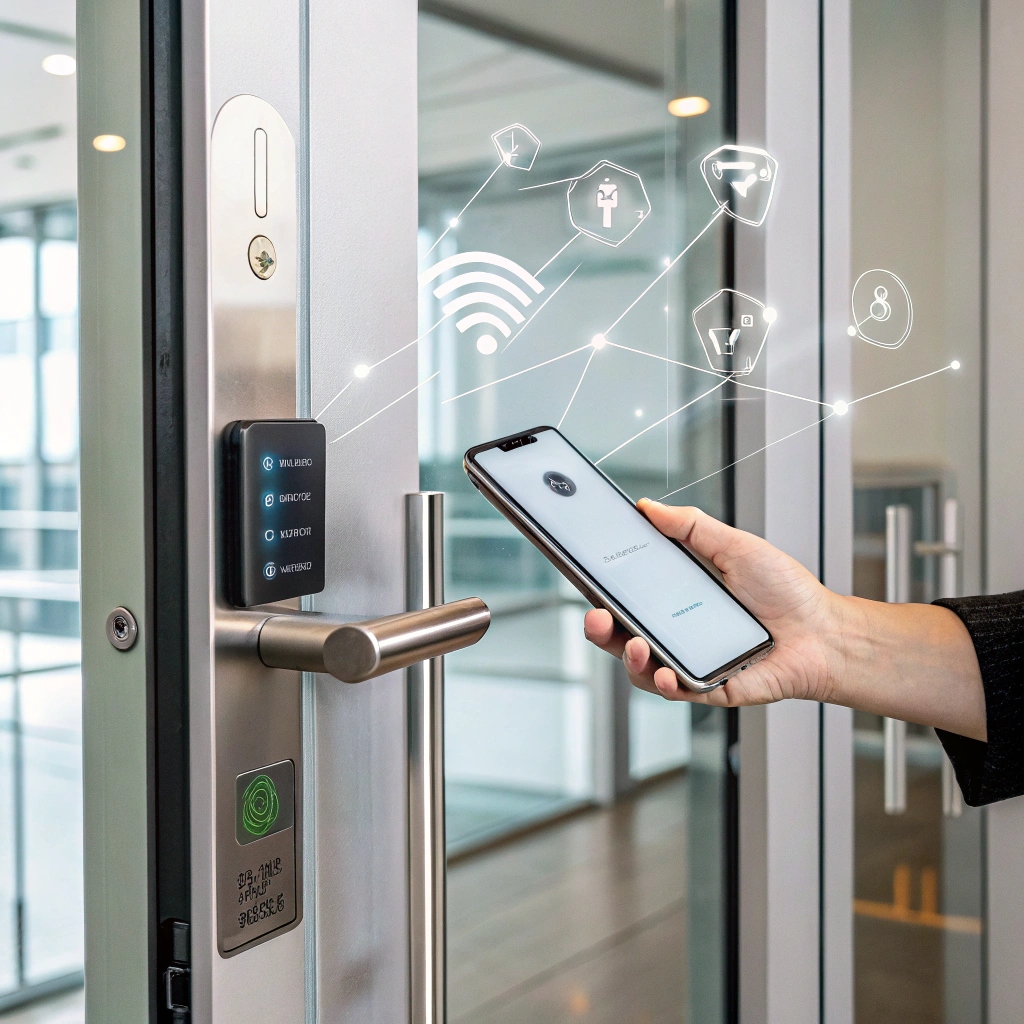How Digital Wallet Access Cuts Down the Cost of Workplace Access Management
Managing access across office buildings has always been time-consuming. There’s a steady stream of work involved between issuing badges, tracking...

Managing access across office buildings has always been time-consuming. There’s a steady stream of work involved between issuing badges, tracking entry logs, and handling off boarding. When these systems rely on paper processes or disconnected tools, that workload grows. So do the costs.
Today, more property managers and enterprise tenants are turning to digital wallet access as part of a broader connected access strategy. It’s not just a tech upgrade; it’s a shift in how credentials are handled, maintained, and tracked. And that shift cuts costs in places many businesses don’t expect.
The real cost of traditional access management
Physical access systems involve more than just card printers. They rely on staff to manage credentials, monitor visitors, handle badge loss, and fix mistakes. Every missed deactivation or misprinted pass becomes a slight delay or security issue.
Common costs include:
- Badge printing and replacement materials
- Labor for issuing, collecting, and updating access credentials
- Time spent resolving errors or permissions problems
- Visitor management and front desk staffing
- IT help desk tickets related to credential resets or sync issues
These costs add up, especially in large offices or multi-tenant buildings. And they scale quickly when new users need access every week.
What digital wallet access changes?
Digital wallet access replaces physical cards with mobile credentials stored on smartphones or watches. Employees and contractors can tap their phone at a reader to enter offices, elevators, secure rooms, or shared spaces.
These passes are encrypted, time-bound, and tied directly to the person’s digital identity. They can be issued or revoked automatically when connected to HR or IT systems.
This gives building managers and workplace teams more control, while reducing the touchpoints that lead to delays and spending.
Cost-saving benefits of connected access systems
When connected access platforms manage workplace credentials, they reduce manual work. Here’s how that translates into reduced costs:
1. No badge printing or physical distribution
With digital wallet access, there’s no need for printers, plastic cards, badge clips, or mailing supplies. Credentials are delivered instantly to the user’s phone, eliminating hardware and supply costs and reducing waste stemming from the disposal of physical cards when access is revoked.
2. Faster onboarding with fewer delays
New hires don’t need to wait in line at the security desk. Their credential can be issued remotely and activated before their first day. That means no downtime, no delays getting into the building, and no disruption for HR or security teams.
3. No more manual off boarding mistakes
With connected access, user credentials are linked to HR and IT systems. Once a user is removed from the directory, their building access can be revoked simultaneously. This helps prevent unwanted access and avoids time-consuming audits.
4. Lower help desk volume
Many support tickets are linked to forgotten badges, expired passes, or broken card readers. With digital wallet access, users rely on the device they already carry, and authentication is more stable. That means fewer calls to IT and fewer hours lost resetting permissions.
5. Shared space management without extra staffing
For buildings with shared amenities, connected access can limit entry based on time, role, or company. No need to assign someone to manage these spaces manually. The system applies access rules automatically.
The security bonus: Lower risk means lower remediation costs
Every missed badge collection or delayed deactivation increases security risk. If someone gains unauthorized access, the investigation takes time. Logs need to be reviewed. Teams need to confirm identities. That costs money.
Connected access systems reduce this risk by tying every pass to a verified user account. Expiration dates are precise, permissions are easy to adjust, and access logs are complete, so problems are easier to trace and faster to solve.
Saving time saves money
Every minute saved from automating badge distribution, removing outdated credentials, or reducing front desk congestion is a cost saved, and those minutes add up.
With digital wallet access supported by connected access platforms, office buildings become easier to manage, not harder. Staff spend less time fixing problems. Systems update automatically. And the hidden costs of traditional access control start to shrink, without cutting corners on safety.




